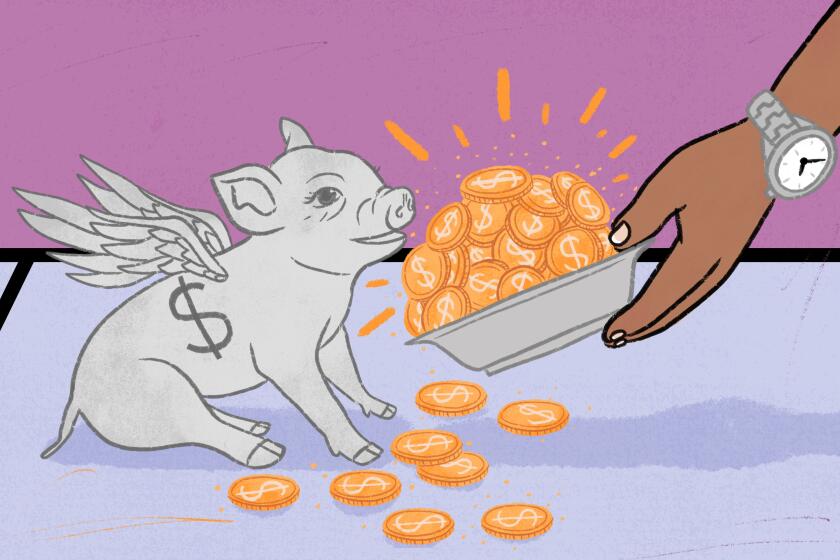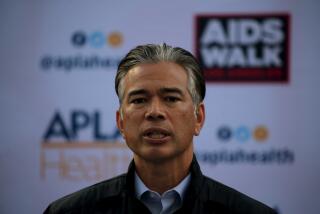CalPERS pension fund posts 5.8% gain, helped by stocks and private debt

CalPERS swung to a 5.8% gain in its latest fiscal year as the stock market rally and private debt buoyed the largest traditional public pension fund in the United States.
The preliminary return for fiscal 2023 reported this week is a sharp turnaround for the California Public Employees’ Retirement System, whose 6.1% loss in fiscal 2022 was its worst showing in more than a decade. The gain left CalPERS holding $462.8 billion, enough to cover 72% of its future obligations, unchanged from a year earlier.
Don’t let the bear market keep you from retiring. But there are a bunch of other financial and emotional factors to consider before taking the leap.
It’s the first full fiscal year since CalPERS ramped up its private equity investments with a $25-billion bet while increasing the use of leverage and allocations to private debt. The results were mixed. Returns for the year that ended June 30 were driven by a 14.1% surge in publicly traded stocks and 6.5% on private debt, as private equity slipped 2.3%, real assets dropped 3.1% and bonds remained flat.
“It really was a tale of two stories,” CalPERS Chief Investment Officer Nicole Musicco said. “The first half of the year we were flat, and then caught up in the second half.”
CalPERS is trying to make up lost ground after being rocked by successive management changes. It has been leaning on alternative assets under Musicco, who was recruited from a Canadian pension fund last year, amid pressure to meet an annual return target of 6.8%. If there’s a shortfall, municipalities across California might have to cut services in order to meet pension obligations.
The preliminary five-year average return now stands at 6.1%, down from 6.7% the previous fiscal year. The 10-year average is 7.1%.
The latest results mirrored a slowdown in private equity markets as higher interest rates ended years of easy deal-making. The loss from private equity for CalPERS followed gains of 3.3% and 44% in preceding years. The fund’s data for private equity, private debt and real assets are reported on a one-quarter lag and were current as of March 31.
Legislation to force California’s large and public employee pension funds to divest from the top oil and gas companies is a financially prudent move in a world where the impacts of climate change are intensifying.
Musicco expects a “downward tail wind” to hurt private equity returns when those numbers are updated, but she remained bullish on the asset class.
“There’s such a huge menu of opportunity within private equity,” Musicco said in a call with reporters.
CalPERS Chief Executive Marcie Frost said the pension fund is maintaining its focus “on meeting the long-term retirement promises made to our members and their families.”
The California State Teachers’ Retirement System, the second-largest U.S. pension fund, has yet to release its fiscal 2023 results. This month CalSTRS Chief Investment Officer Christopher Ailman said he expects an “upper-single-digit kind of year” that falls short of its 7% benchmark.
More to Read
Inside the business of entertainment
The Wide Shot brings you news, analysis and insights on everything from streaming wars to production — and what it all means for the future.
You may occasionally receive promotional content from the Los Angeles Times.












